This book is an exhaustive study of the archaeological remains of the modern city of Guwahati from the fifth century A.D. to the end of the pre-colonial period in Assam. It focuses primarily on the different aspects of the history of the city, its religious and economic life, its society and polity. The history of the city is traced based primarily on its material remains, inscriptions, coins and sculpture. The history of Guwahati is intricately linked with the forces that shaped the history of Assam. Even today the city is the gateway to North East India. The author has lucidly brought out the important position occupied by the city in the history of Assam. Known earlier as Pragjyotisapura, it was the capital of the legendary Naraka, credited with the construction of the (original) famous Kamakhya temple. His son Bhagadatta played a prominent part in the Kurukshetra battlefield. It was also the seat of power of Bhaskarvarman, the friend of Harsavardhana, whom the celebrated Chinese pilgrim Hieun Tsang calls a great patron of learning. It was the seat of the Bar Phukan or Viceroy of lower Assam during the Ahom period and was the arena of great battles during the conflict with the Mughuls. After British occupation it was the headquarters of the Chief Commissioner of Assam Province. And it is in Guwahati that the modern government has its seat of power at Dispur. This book is the first of its kind in that it depends primarily on archaeological remains to reconstruct different aspects of the history of Guwahati and it is believed that students of history will benefit immensely from it.
Ancient Indian Art and Culture
$148.50
$165.00

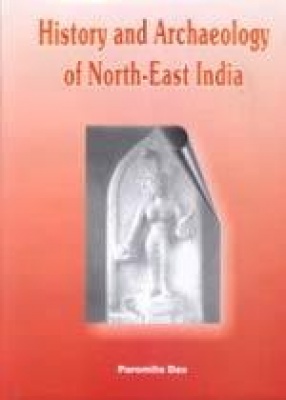
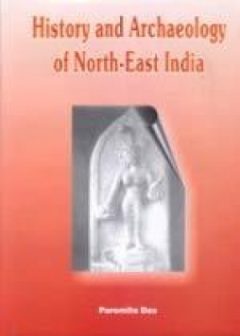
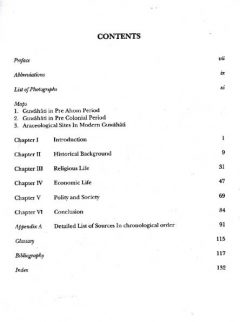
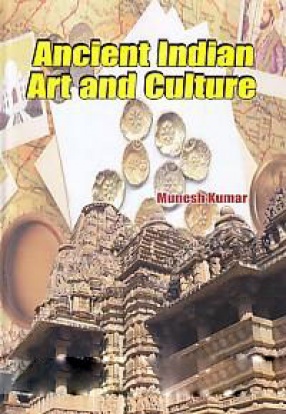
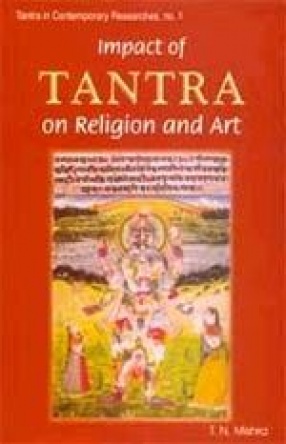
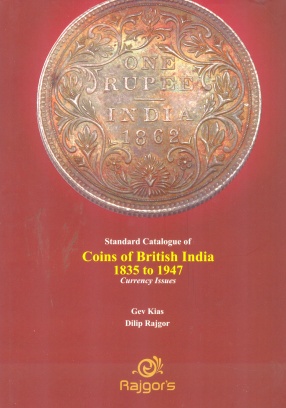
There are no reviews yet.